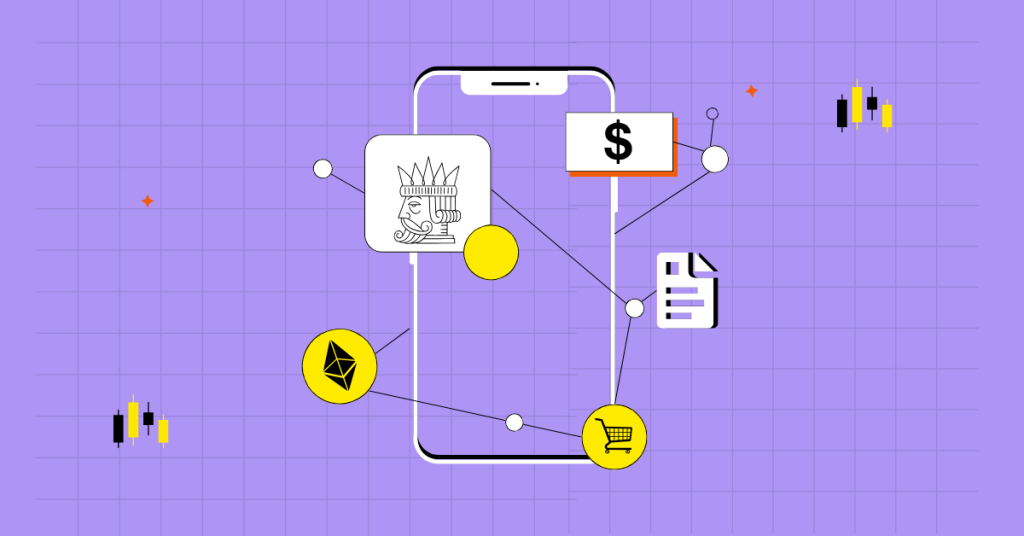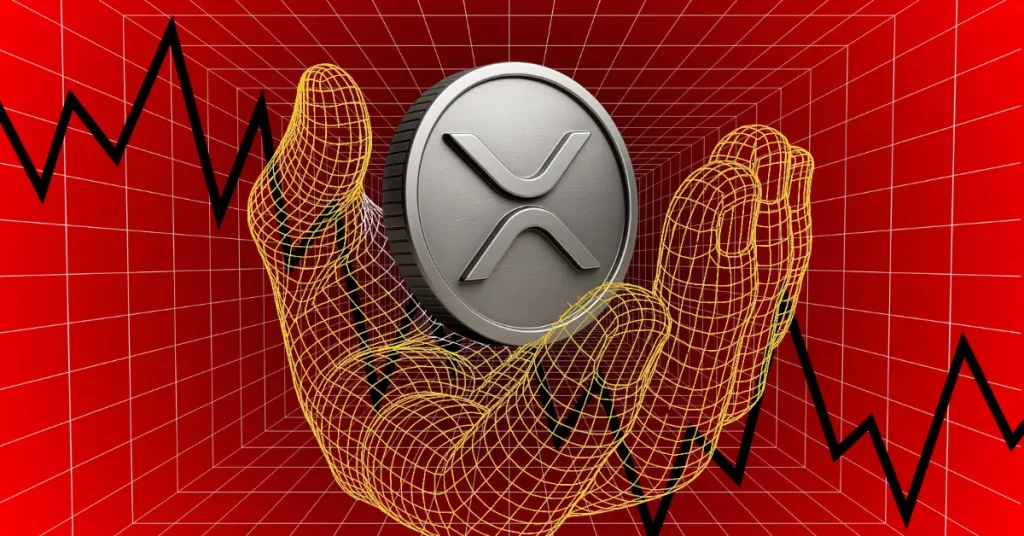ARTICLE AD BOX

The post What Is Decentralized Physical Infrastructure Networks (DePINs)? appeared first on Coinpedia Fintech News
Decentralized physical infrastructure networks (DePINs) signify the application of blockchain technology and decentralized principles to physical infrastructure and systems. For instance, in the case of Swiggy, a sharing economy model is in place! All the restaurants, as contributors of their services, are centrally controlled.
A central authority controls the orders/ pick-ups of all the restaurants. In case of using DePINs, the system can be a decentralized blockchain network. Here, the reward structure becomes fairer and more inclusive!
Isn’t this new perspective effective to transform our current situation? Let us delve into the world of DePINs and understand the basics of how DePINs work!
Introduction To DePINs
Recently, the rise of blockchain technology has catalyzed a paradigm shift in how we interact with digital systems. From decentralized finance (DeFi) to NFTs, the world of decentralization has transformed the aspects of digital space. However, it is not just limited to the virtual arena! Meet the DePINs! This decentralized product is extending the ethos of decentralization to tangible infrastructure. The capsule has power to reshape industries and empower them in unimaginable ways.
- DePINS allow autonomous, real-time interactions in physical space through technologies like smart contracts and Internet of Things.
- It increases system responsiveness and adaptability to human needs.
- DePINs leverage blockchain technology to work on the security, efficiency and transparency in physical systems, such as renewable energy grids and supply chain operations.
- DePINs can provide unchangeable records of product provenance in supply chain management, ensuring authenticity from manufacturing to delivery.
- For example, Blockchain technology can allow peer-to-peer energy trading in the energy distribution space. It can decentralize access to energy resources by enabling solar-paneled homes to sell excess to nearby households.
- Projects like Power Ledger and OpenBazaar laid the foundation of this concept by demonstrating how blockchain can decentralize energy distribution and e-commerce.
So, how do DePINs work?
They function by utilizing blockchain technology to disperse authority and management throughout a network instead of concentrating it in one organization’s power. DePINs work across domains like energy trading, supply chain management, telecommunication management, data storage, and much more!
Consider a DePIN app in the energy industry! Let us picture a decentralized energy grid. In this, individual solar-paneled spaces can produce their own electricity and sell extra energy to the grid or neighboring ones in need. Thus, it surpasses the need for a typical centralized utility provider and is automated on its own. Here, every transaction is recorded on a blockchain, ensuring transparency among parties. Smart contracts automatically trace the availability of extra energy for sale and carry out the transactions, ensuring system efficiency and reliability in energy distribution.
The decentralized model promotes utilization on renewable sources of energy and creates a more sustainable environment by putting no pressure on large, centralized power facilities.
The four categories in DePIN realm are:
- Cloud storage networks like CDN and VPN networks.
- Wireless networks like 5G etc
- Sensor networks like maps which are devices embedded with sensors that collect real-time data
- Energy networks to create a more resilient and efficient energy grid.
So why do we need DePINs? Let’s understand an in-depth analysis.
Why DePINs?
DePINs aim at creating a more equitable and efficient process to bootstrap infrastructure networks. There are several benefits attached to DePINs:
- One can build infrastructure 10-100 times faster
- It is better synced to hyper-local market needs
- It is far more cost-effective
- It can be scaled across jurisdictions in a permissionless manner
- It provides us with a network that is credibly neutral and collectively owned
- Blockchain gives an edge over micropayments and DeFi integration
The key idea is to overturn the traditional methods and bring about more ease in operations. DePINs are simply trying to give the power into our hands. Suppose, if I have enough storage on my computer and I can offer extra space to others by monetizing the same, isn’t it a great idea? It is a flywheel concepts offering utilities to the end users.
Features Of DePINs
There are these features which help us in distinguishing DePINs from others:
- It is an open and decentralized marketplace
- There is no single point if failure due to its decentralized manner
- There is no censorship involved
- The mature DePINs have the potential to offer competitive pricing.
- They have introduced a unique pricing strategy that is different from conventional ones.
- The operations with DePINs are cost-effective as minimal establishment and maintenance costs characterize them.
- DePIN networks are made in such a way that they incentivize participation from the providers and the users.
What Are the Limitations?
This new sensation has a certain limitations attached:
- The system is vulnerable to hacks and bugs
- The unfavourable token price volatility can adversely affect the DePINs system
- Nascent DePINs can not beat the service quality which traditional centralized entities provide
- Technical expertise is needed to operate in the decentralized world.
Use Cases
There are so many groundbreaking DePIN projects and we have compiled the topnotch list of DePINs in 2024 for you:
- Filecoin
Filecoin or FIL uses the interplanetary file system for a decentralized storage solution, rewarding node providers with FIL currency for providing disk space. It is a marketplace where users buy storage from various contributors who meet the quality standards. Contributors earn FIL by assigning disk space with rewards increasing over time, all because of Filecoin’s proof-of-spacetime algorithm.
The Filecoin token, FIL, is doing well and is predicted to increase by 5.13% in February 2024. Experts predict that it might touch $10 mark in 2025. It is currently trading at $8.04 and after Solana integration it might touch $10 soon.
- Render
RNDR token has become the talk of 2024 as its price surged 1,540% since 2023. It is capitalizing on the current hush hush for AI and generative content. It is currently trading at $7.76 and is expected to grow during the 2024 bull run. The Render Network is a decentralized GPU rendering platform that enables artists to dynamically expand their GPU rendering capacities across global high-performance nodes.
It boasts of a broad spectrum of computational tasks, from rendering to machine learning and complex calculations, via a faster, more efficient, and error-free blockchain-based peer-to-peer network that also secures property rights. Leveraging Solana, the Render team introduced the RENDER token, rewarding community members who contribute their GPU resources. Participants were allocated 1.14 million RNDR tokens for their contributions and to cover migration and gas fees from Ethereum to Solana.
- Helium
Helium is renowned for reshaping IoT connectivity with its decentralized blockchain network, allowing individuals to deploy Hotspots that enhance wireless coverage and mine HNT cryptocurrency. These Hotspots, leveraging Helium LongFi, extend connectivity well beyond traditional Wi-Fi, supporting a diverse array of IoT applications at reduced costs. With its Proof of Coverage algorithm, Helium rewards contributions to network growth and data transmission.
Helium boasts over 88,000 Hotspots in 8,000 cities and expanding into Helium 5G, Helium is at the forefront of building a next-generation wireless infrastructure, fostering a robust ecosystem of developers, manufacturers, and IoT applications. This innovative approach offers a scalable, cost-effective, and secure alternative to conventional internet services, marking a step forward in IoT deployment and wireless access.
Final Thoughts
As DePINs continue to evolve, the future seems optimistic for the new category. From optimizing resource utilization in energy distribution and other spaces, to democratizing access to important services like healthcare, the potential impact is DePINs is gaining popularity. It is still fresh among stakeholders. Therefore, it is facing certain challenges in proving the potential. However, with the right framework in place, DePINs can transform the world for the better by empowering individuals to shape the future of infrastructure in a decentralized and sustainable way!
.png)
 1 year ago
9
1 year ago
9








 English (US)
English (US)